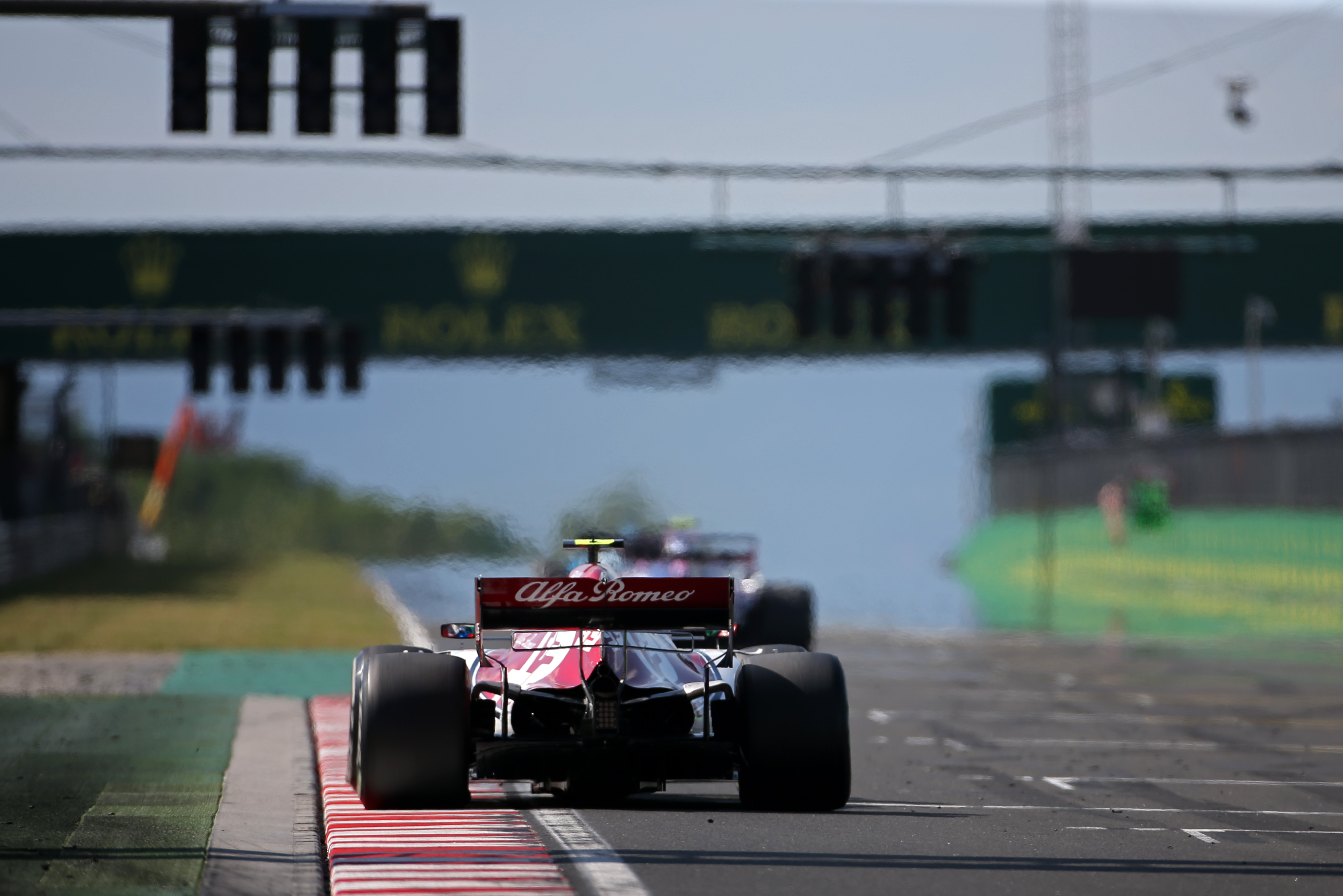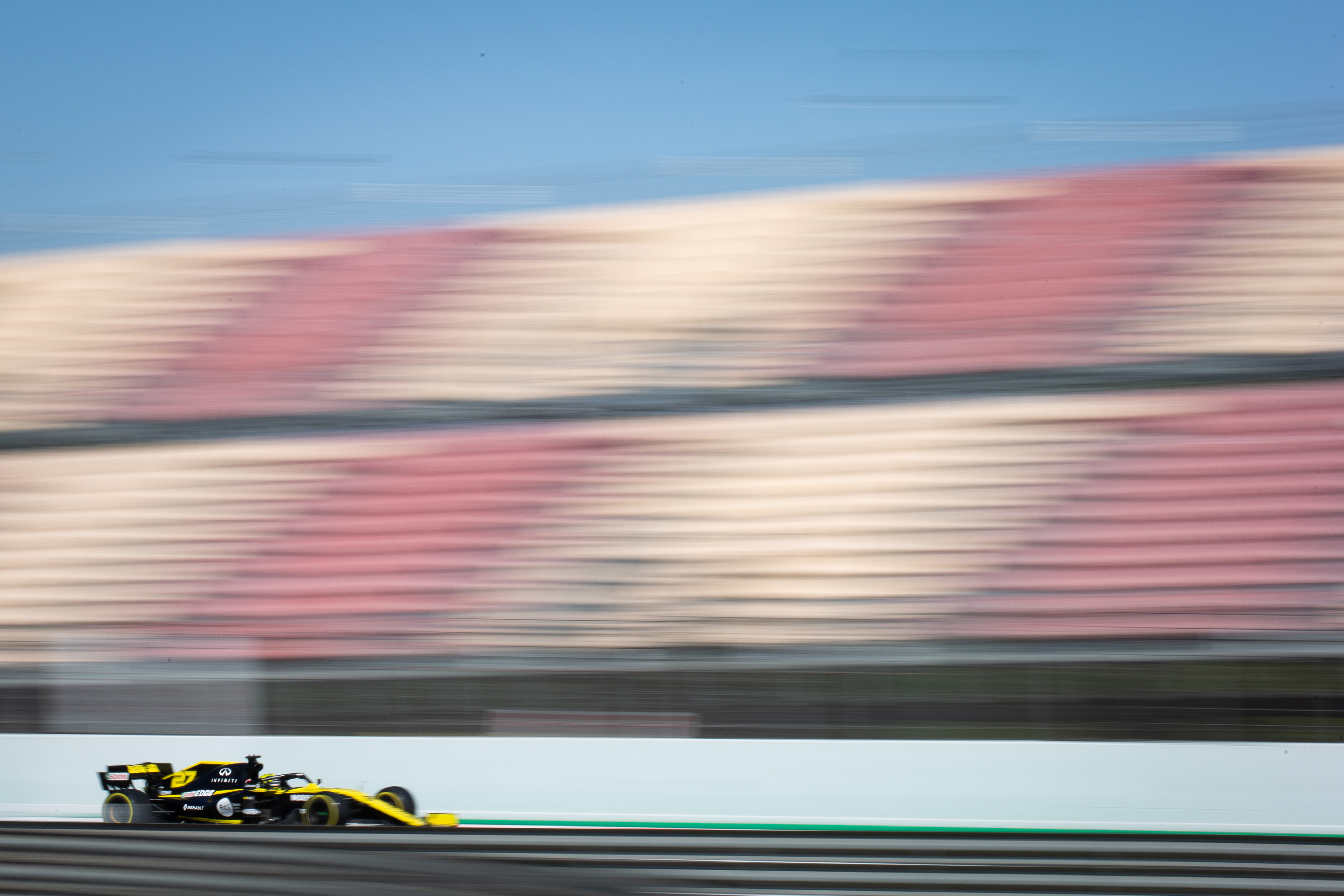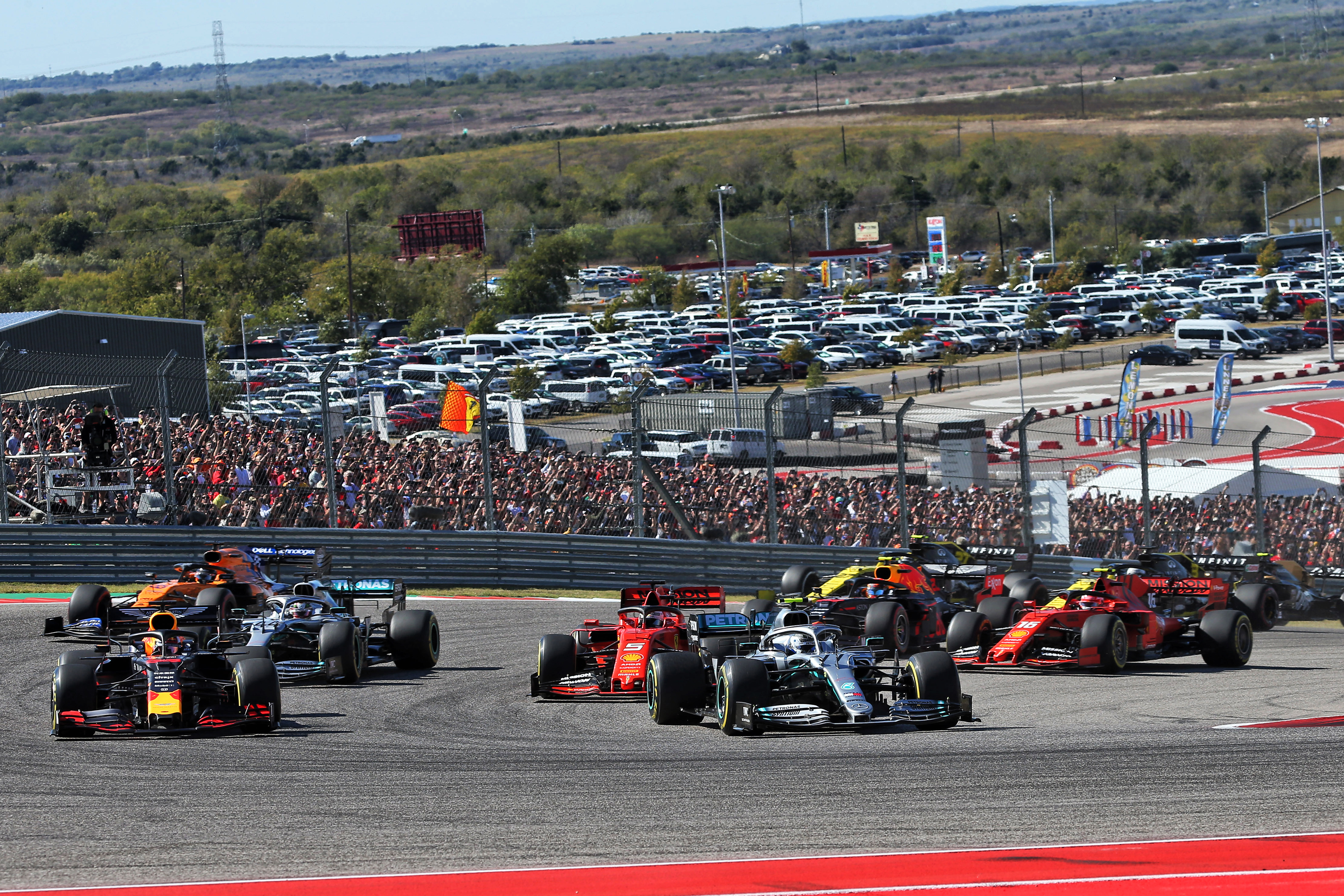Up Next

Formula 1’s job list is ever-expanding and finding solutions to the myriad problems is made doubly difficult by the shifting global situation. Holding two or perhaps even more races in a single grand prix event is a pragmatic and sensible solution, although does throw up one relatively trivial, yet fascinating, supplementary problem.
For the sake of argument, let’s say the season features multiple Silverstone races. Historically, there has only been one British GP per year and this should remain the case for the historical symmetry. Having the 2020 British Grand Prix I and II would dilute the big-event feel.
You might argue that if it looks like a British Grand Prix and quacks like a British Grand Prix then it is a British Grand Prix. But even a race on the same track on consecutive days could be given different identities beyond a rather mundane race one and two designation. Each needs to matter.
One of the powerful aspects of Formula 1 is a sense of history. Sometimes that can weigh it down, but it also bestows on the winner a place in the history books far more powerful than simply the winner of a race at a circuit. And that connection stretches back to the early pioneering days of grand prix racing. That sense is almost as valuable as the 25 points for victory.

That’s why this is not something that should be allowed to fall between the cracks even if it is a low priority during the current crisis. Fortunately, there are some extremely straightforward ways to tackle this.
So these extra races held at circuits already holding an established grand prix should either be revivals of historical events, or bestowed with titles that have the feel of a big-time national grand prix. For Silverstone, perhaps the International Trophy – once a hugely significant non-championship F1 race, could be revived as the International Grand Prix?
In the Americas, Interlagos could revive the Sao Paulo GP title, while Mexico City can hold the inaugural Central American GP. As for Austin, the Texas GP works and is broadly in keeping with the diversity of race names for grands prix in the United States
If the season is to start with multiple races at the Red Bull Ring, the Austrian GP follow-up could be called the Flugplatz Grand Prix, a nod to the non-championship Flugplatzrennens of the 1960s held at the Zeltweg airfield circuit (hence the name) that was located adjacent to the site of what became the Osterreichring.
The next race on the calendar after Silverstone is Hungary, which – should its spectator-free plans come to fruition – could also host the European Grand Prix. That title has been used officially 23 times for a world championship race at a variety of circuits and was also used as an honorific additional title in the early years. It would be a worthy title for a race in Hungary by way of tribute to Hungarian driver Ferenc Szisz, winner of the first national grand prix – the French – in 1906.
Spa is as close to Luxembourg as the Nurburgring was when it carried the Luxembourg GP in 1997-8, while for the Italian GP either or both of the Monza and Milan GP titles could be revived. The ideal would’ve been to borrow the Mediterranean Grand Prix title from Sicilian circuit Enna, but for the Euroformula Open championship having already decided to revive the event in 2020 – if it happens.

Should the Spanish GP happen and need a second race, why not the Penya Rhin GP? As for Zandvoort, the Benelux GP has a pleasing ring to it if not the history.
In the Middle East, Abu Dhabi could easily host a United Arab Emirates GP, although some creativity might be required for a second Bahraini event as there’s no obvious historical or geographical title available.
A second race at Suzuka could simply utilise the revived Pacific Grand Prix title that was used in 1994-5 for the races at TI Aida (now Okayama). Singapore could borrow neighbour Malaysia’s defunct title, while Sochi’s desire to attract tourists could be satiated by stressing its coastal credentials as the Black Sea Grand Prix.
In the Americas, Interlagos could revive the Sao Paulo GP title, while Mexico City can hold the inaugural Central American GP. As for Austin, the Texas GP works and is broadly in keeping with the diversity of race names for grands prix in the United States.

Some of the earlier-season races that may or may not return pose some challenges, particularly Vietnam or China. But if a Canada double were to happen, how about the Villeneuve GP in tribute to the great Gilles, who gives the circuit its name?
All of these are simply suggestions and there are other possibilities, but this shows a direction for giving extra races at circuits an identity and an historical weight. Without it, the potency of the original races there will be diluted and an already strange season, if it happens, will be made stranger still.
It might seem an insubstantial point at this time of survival, but this period is all about F1 preserving what makes it special and that big-event feel, the idea each race is something momentous, is something that has to be taken care of.




